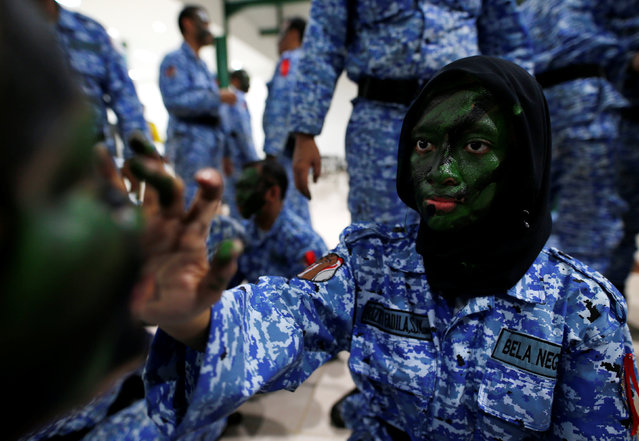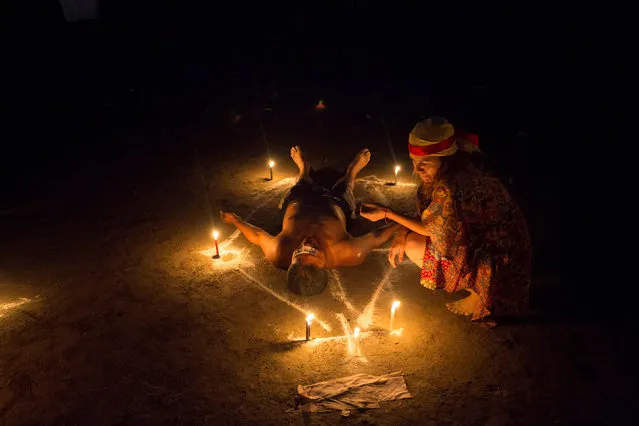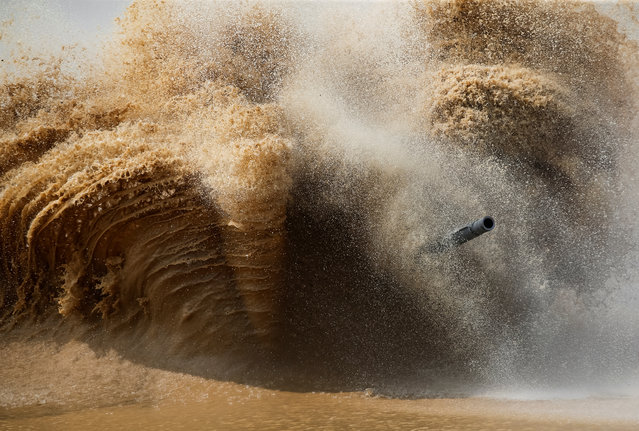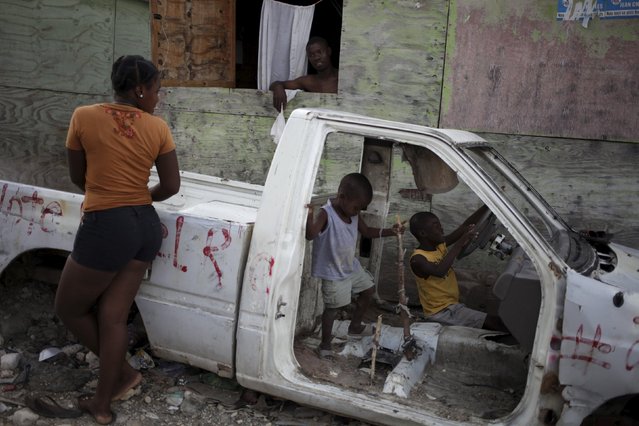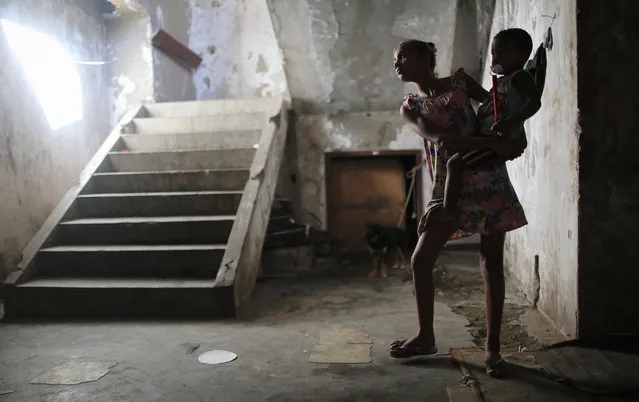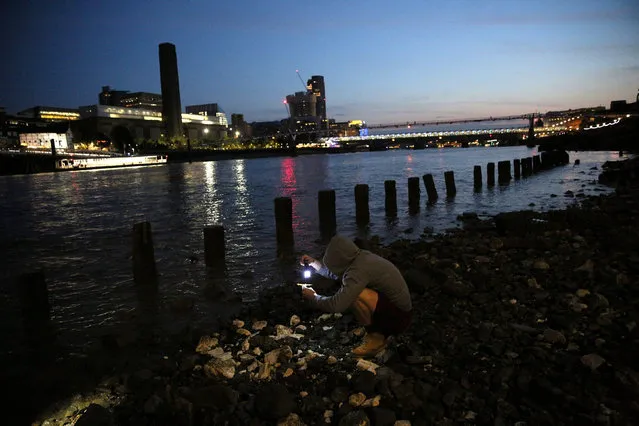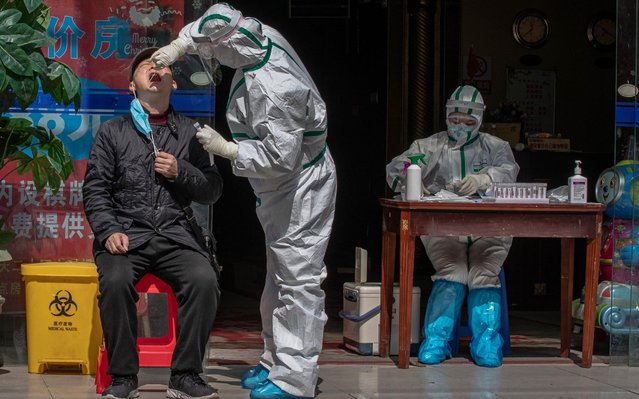
A medical worker wearing a full protective outfit tests a man for Covid-19 symptoms in a street in Wuhan, China, 01 April 2020. Wuhan, the epicenter of the coronavirus outbreak, partly lifted the lockdown allowing people to enter the city after more than two months. According to Chinese government figures over 2,500 people have died of Covid-19 in Wuhan since the outbreak began. (Photo by Roman Pilipey/EPA/EFE)
03 Apr 2020 00:07:00,post received
0 comments


